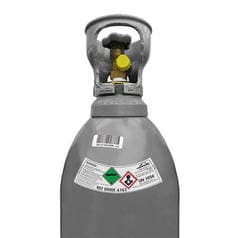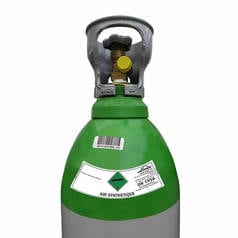Pour bénéficier d’un affichage optimal de la boutique en ligne de PanGas, vous avez besoin pour le navigateur de la version minimale suivante:
• Internet Explorer 9.0
• Mozilla Firefox 38
• Safari 8
• Chrome 45
Veuillez vous assurer que JavaScript est activé dans les paramètres de votre navigateur.
- Accueil
- Applications
- Analyse & Instrumentation
- Car Exhaust Testing
Car Exhaust Testing
The design, methods and standards for emission testing within inspection and maintenance (I/M) programs vary considerably between European countries, both within and outside the EU. In the US, there is a huge variation between the various states in regard to I/M programs. Some states completely lack I/M-programs, whereas other states require or plan I/M-programs fully or partly based on transient emission testing.
When inspecting light and heavy duty catalyst vehicles, carbon dioxide and hydrocarbons are measured using a nondispersive infrared analyzer. In vehicles without a catalytic converter, only the content of carbon monoxide is controlled. In some cases, nitric oxide levels are checked using a chemiluminescence analyzer.
Car Exhaust Testing - Compliance and after control
An important part of automotive development and production is securing that the product is in compliance with regulations and legislation in the countries it will be sold. With these analysis the manufacturer tests and certifies the vehicle for the different markets. In very much the same way most garages are authorized to carry out exhaust control in their customers vehicles. The equipment is to a great extent similar to what is used in car manufacturing.
Specific instruments are used for the detection of carbon monoxide and hydrocarbons at low and high idle. These instruments mainly involve gas chromatography with an FID detector. The various test instruments used in controling exhaust emissions must be calibrated against accurately prepared samples mixtures that fulfil the requirements set by local authorities. In diesel vehicles the inspection is restricted to smoke density measurements (opacity).



